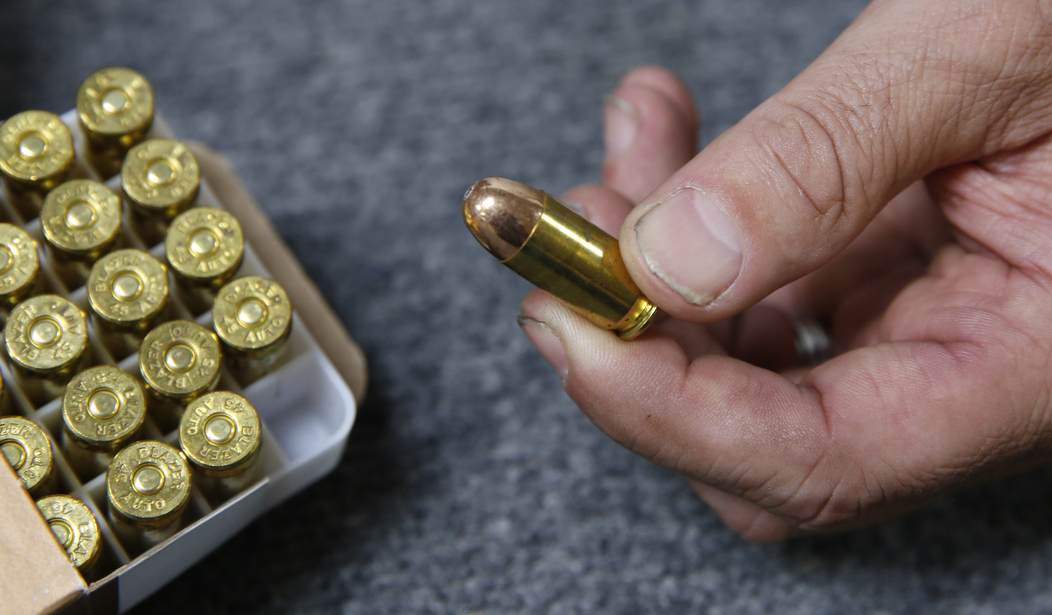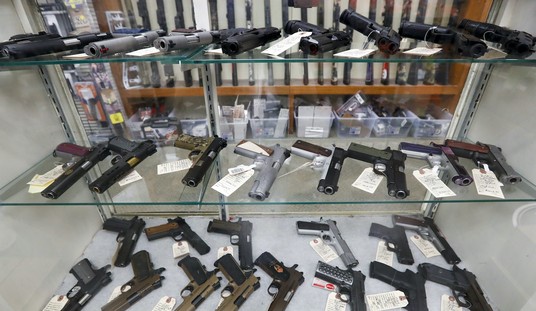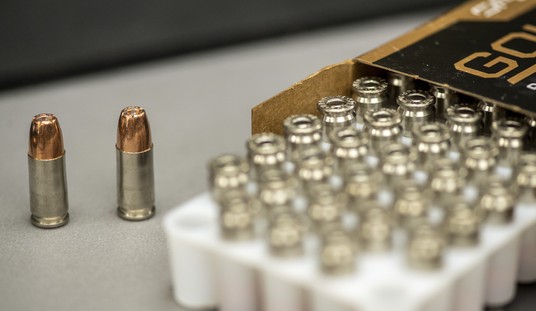On Tuesday, I wrote about what I thought was one of the most instances of correlation I’d ever seen a study try to make. After all, they tried to make the case that the lack of a gun purchasing permit requirement somehow led to more gun thefts.
Pretty insane if you think about it.
I didn’t really expect to see anything top that one for a good, long while.
Instead, I came across one the very next day that might be even dumber.
While firearm ownership can be a polarizing issue, the topic of safety, especially in regard to children, is a high priority for everyone. Lately, this priority of firearm safety has caught the eye of the Firearm Exposure Research Team at Harvard Chan School of Public Health.
The Harvard researchers recently posted an environmental research study in Science Direct called, “Firearm licenses associated with elevated pediatric blood lead levels in Massachusetts.”
On the surface, this study suggests this group cares about possible issues resulting from the mixing of firearms and children; however, a closer look exposes their biases against firearm ownership.
Bias-Driven Research
This “study” sought to determine an association between, “firearm-related lead exposure and pediatric blood lead levels.” The methodology utilized by the researchers leaves little confidence in their ability to report without bias and true correlation.
The team collected firearm licensing information from the Massachusetts Departments of Public Health and Criminal Justice Information Services and overlapped pediatric blood lead level data for the corresponding areas in 2017.
Using these factors alone, the researchers concluded that ownership of a firearm is a contributing factor in pediatric blood lead levels. The researchers assert that mere happenstance of Americans legally owning firearms results in lead exposure. This is somehow enough evidence for the folks at Harvard.
Now, can that actually be right? I mean, I get using licensing data to determine gun ownership–it’s not really accurate since it doesn’t account for illegal guns, but good luck trying to quantify that–but to make the leap that it’s associated with lead levels in children?
Well, I clicked the link to look at their methodology. Surely there was something there to explain it.
Well, there isn’t. (From the link in the quote above):
Using data available through the Massachusetts Departments of Public Health and Criminal Justice Information Services, we examined the association between active class A firearm licenses in a community with the prevalence of elevated blood lead levels in children aged 0–4. Correlational and hierarchical multiple regression analyses were conducted with potential confounders and other exposures such as lead paint, lead in water, presence of firing ranges, and social, economic, and occupational variables.
The question they fail to answer, though, is how.
Yes, lead is a part of ammunition, but I fail to see how the mere presence of ammunition in the home somehow results in elevated levels of lead in pediatric patients. I mean, are Massachusetts parents letting their kids teethe on non-jacketed ammunition or something?
Seriously, it makes no sense…mostly because that’s not what’s happening.
What they really found was that in a community with a lot of gun licenses, there was also a tendency to see more elevated blood levels in pediatric patients. At least, that better be what they found because if not, the state provided personal data to researchers that allowed them to line up gun owners with their kids, and that would be a huge problem.
But that doesn’t appear to be the case. Instead, they simply saw a correlation across an entire community.
In other words, they can’t even show that it’s a gun in the same home. So how can they make that link?
Honestly, I think they were looking for something and were determined to find it.
First, you don’t look at something like this out of idle curiosity. It’s too niche for that. This is someone who was looking to try and make a link. Then they use “regression analyses” to rule out the plethora of other factors, which means they used math to discount far more obvious sources in a way that may also allow a researcher’s biases to play a factor.
Additionally, those other factors need to be looked at. Are gun-owning communities also older ones where there’s a higher chance of lead paint than the norm? Maybe there are more gun ranges than average? There are a number of other factors that the researchers claim they accounted for, but that they likely did so in a way that allowed the correlation to remain high.
Yet as they should be well aware, correlation doesn’t equal causation. A high level of lawful gun ownership doesn’t have any mechanism that would really create high levels of lead in a given community. Even with lead being a common material used in ammunition, it’s generally jacketed with copper or part of a hollow point. In either instance, the lead is covered in such a way as to minimize exposure.
So while they want to beat the alarm drum about this, provide yet another reason that guns are supposedly bad, they had better be ready to show us just how this happens and they damn well need to show us the math the used to “regress” the numbers.








Join the conversation as a VIP Member